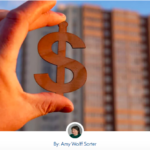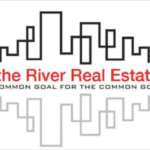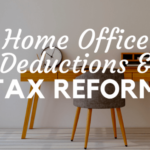Crosstown Commercial / October 19, 2020
Workforce Housing Withstands the Worst of the Pandemic
With the COVID-19 pandemic creating a host of challenges across the United States, the housing and rental industry has experienced its own hit. The unemployment rate has increased to over 20 million, up from under 6.5 million as recent as February 2020. With so many people out of work, it has caused landlords and residential real estate investors to think long and hard about how to keep tenants in their spaces.
High-end apartments and other Class A properties have been the hardest hit as those unemployed or fearing unemployment have sought out less expensive options. To make matters even more challenging for the residential real estate industry, mortgage interest rates are at a historic low. For those fortunate enough to have maintained employment, this has caused renters to reconsider renting, turning to first time home ownership.
Class B properties have experienced surprising resiliency to the COVID-19 pandemic
Class B properties, those that are older yet in good locations and in good condition, have fared well. In fact, according to Costar, rent at these older properties are now higher than they were in early spring of this year. On the flip side, year-over-year growth is down slightly. All in all, these properties have maintained buoyancy where other properties have struggled.
In recent decades, these properties relied heavily on the demand of retail, hospitality, and leisure workers. Unfortunately, with air travel down nearly 60% since April, and retailers experiencing the squeeze with many Americans experiencing lessened disposable income, typical renters of Class B properties have been significantly hit by ongoing waves of unemployment.
Thankfully, the CARES Act helped to provide additional income to many of these workers, making it easier to offset rent payments and other expenses. Further, many rental property landlords and investors took swift action to allow renters to skip one or two rent payments in exchange for continued residence and the promise of future rent payments.
Further, these lesser expensive properties have become more attractive to renters that might have otherwise looked at pricier options. To top it off, certain industries such as those in the warehouse, distribution, and logistics space have remained steady as more and more consumers have taken to online purchasing. This has created a steady demand for renters seeking older properties that are well maintained and in near-lucrative communities.
Rent sustainability going forward
With vaccines for COVID-19 just entering the testing phase, it is unclear as to when a reliable vaccine will be made available to the masses. And as the Centers for Disease Control and Prevention continue to learn more and more about the novel coronavirus, it is not clear as to when the world will return to the normal that we knew in the past. In reality, most speculate that we will find ourselves adapting to a new normal, and it is also unclear what that will mean for the housing industry as a whole.
If the CARES Act is unable to provide a second economic stimulus payment and if consumer confidence and spending don’t return to near-normal levels, it is anticipated that landlords and tenants alike will need to make some difficult decisions down the road.






























